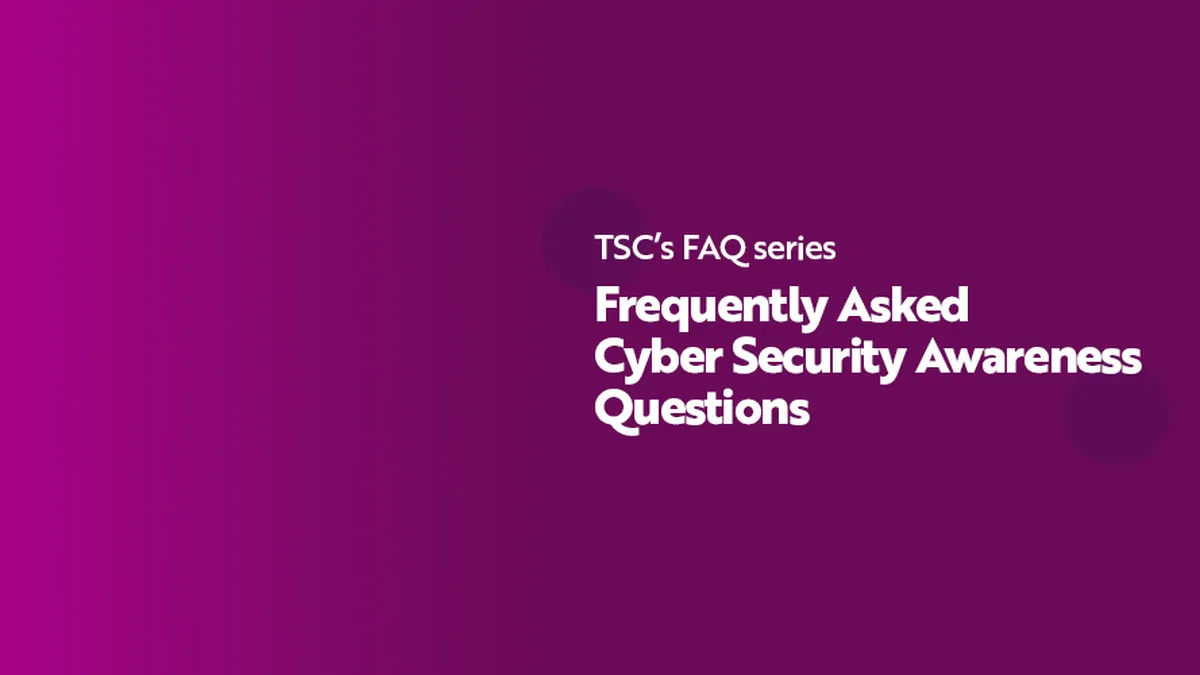
- Ransomware
- 8 min read

Critical infrastructure organisations are prime targets for cyber-attacks. As cyber threats increase frequency and intensity, it is crucial for employees to be equipped with the knowledge and tools to safeguard against potential breaches.
In this article, we will explore top tips for employees to secure critical infrastructure organisations from cyber-attacks, emphasising the importance of training and awareness in fostering a culture of vigilance.
Partnering with a trusted cyber security awareness and training provider can significantly enhance your organisation's security posture and resilience against cyber threats. By leveraging tailored training programs and expert guidance, organisations can empower their employees with the knowledge and skills needed to protect critical assets and infrastructure effectively.
Working closely with TSC, and our 20+ years of experience partnering with CNI organisations, enables you and your employees to stay ahead of emerging threats. We always have our finger on the pulse and are effective at assessing security gaps in organisations and targeting said gaps with engaging and effective materials – through the channel that will prove most effective in education and cost.
In conclusion, safeguarding critical infrastructure organisations from cyber-attacks requires a multifaceted approach that prioritises employee awareness and training. By implementing the top tips outlined in this article, organisations can strengthen their defence mechanisms and minimise the risk of breaches and disruptions.



© The Security Company (International) Limited 2025
Office One, 1 Coldbath Square, London, EC1R 5HL, UK
Company registration No: 3703393
VAT No: 385 8337 51


